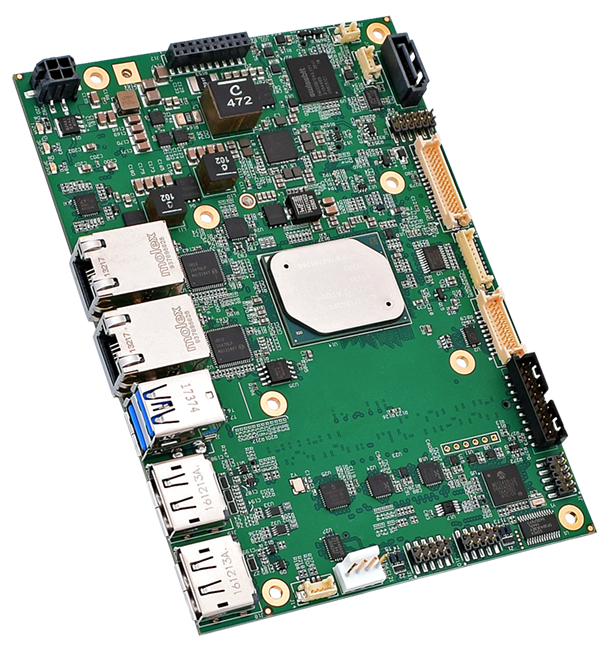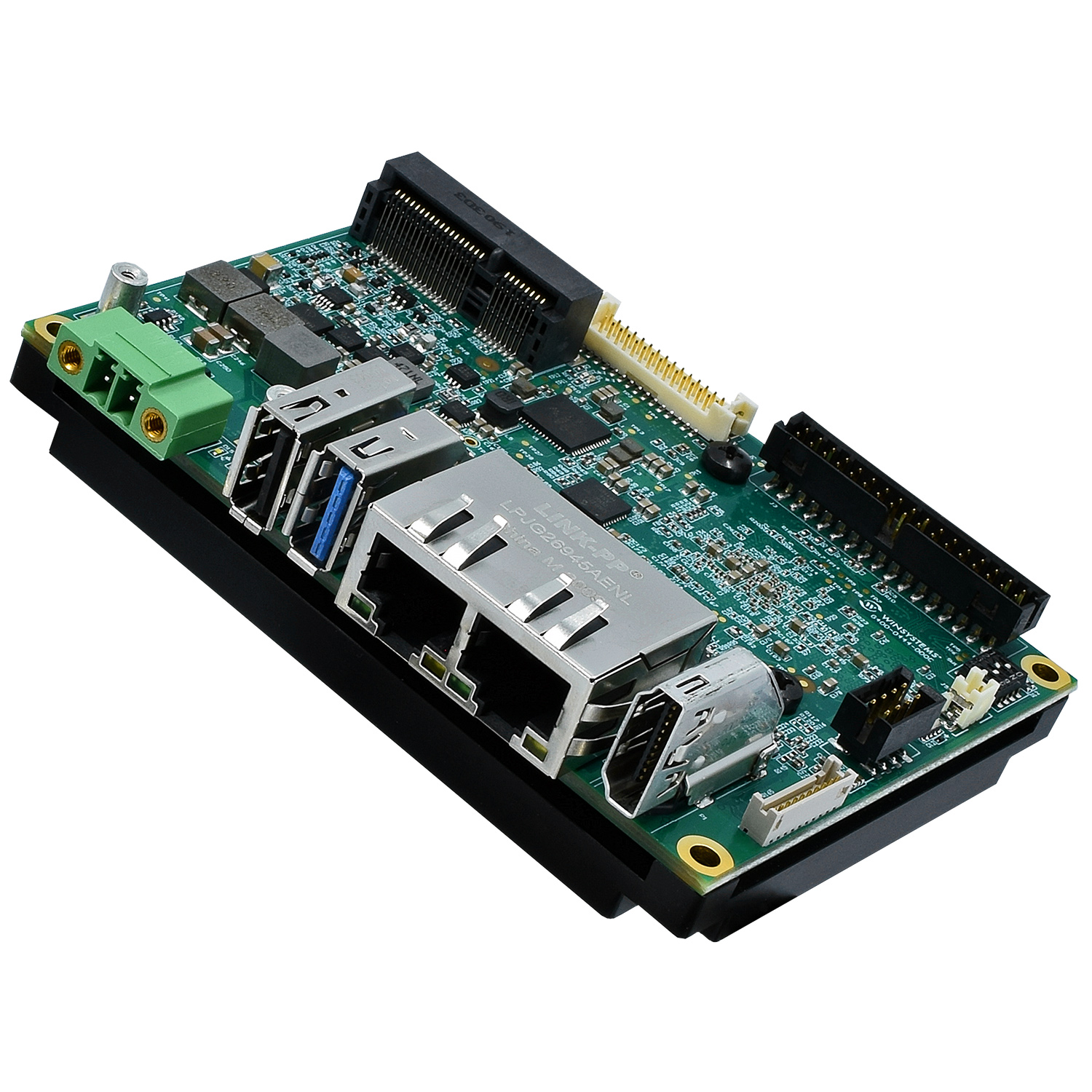
Fog computing is a relatively new layer in distributed networks. The industry consortium, the OpenFog Consortium, founded by Arm, Cisco, Dell, Intel, Microsoft, and Princeton University, released its reference architecture for fog computing just four years ago, in February 2017. The meteorological moniker places it as a computing layer that is below the Cloud, but it has a wider reach than Edge computing.
Relinquishing the Cloud
Both Edge and Fog computing are focused on moving data and processing tasks away from the Cloud, to provide low latency, real-time responses for IoT applications. Both move data and processing closer to the point of data collection than Cloud computing, but Fog computing offers multi-device input, whereas Edge computing is based on a single device that collects, stores and processes data.
Fog computing allows more intelligence gathering than Edge computing. It can be thought of as a mini WLAN made up of several devices, allowing for larger collection, storage and processing capacities. The transfer of data is a two-way process, which allows connected systems, in healthcare, for example, to process real-time requests and share data in a coordinated network.
Data from Multiple Devices
The ability to process real-time requests can be beneficial where large amounts of data need to be stored and analyzed in a secure network, such as healthcare provision, transportation or manufacturing. Fog computing is also used in the deployment and proliferation of ‘smart cities’, where several functions – traffic management for example – need data to be transferred and processed in real-time and from various sources.
The fog computing layer network of connected devices and analytics endpoints requires less bandwidth to send data to a data center or Cloud where it will be processed, than the traditional cloud architecture. Importantly, fog computing allows the option for data to be processed close to the edge where it is created for use where there is little or no bandwidth.
Implementing Fog Computing
Market analyst, Research and Markets, estimated the global Fog Computing market was worth $521.1 million in 2020, and expects it to realize a CAGR of 49.5% between 2020 – 2027, when it will be worth $868.7 million. Growth will be driven by the increase in smart manufacturing systems, a rise in building and home automation, growth in transportation and logistics, connected health systems including healthcare reimbursement systems in the USA.
Consistent data across a large Fog network requires an investment in infrastructure. A high-performance embedded SBC, with ample connectivity and configuration options, will be required to deploy an effective Fog computing layer that optimizes the low latency, fast response times that characterize Fog computing.
Of particular interest for a fog computing gateway is WINSYSTEMS’ SBC35-427, an industrial single board computer based on Intel’s Apollo Lake-I E3900 series processor. The off-the-shelf SBC is equipped with up to 8GB DDR3L ECC system memory and is TPM hardware security-enabled with tamper prevention, shielded locations and encryption to protect sensitive data within the Fog layer.

Vision Systems for Industrial Networks
For applications with an emphasis on video data, requiring high-performance processing and real-time operation, WINSYSTEMS also offers the ITX-P-C444 Pico-ITX. This compact module is based on the 1.3GHz NXP i.MX8M industrial processor, with dual or quad Arm Cortex-A53 64bit processor and a Cortex-M4 core processor, for power-efficient 64-bit processing performance. Typical applications would be surveillance and healthcare applications, using graphics support capabilities such as HDMI output with 4K UltraHD resolution and HDR capability and single channel LVDS video with backlight support.

Security is always a priority in networked embedded computing systems, and developers need to implement the most up-to-date measures to ensure data integrity, which is why the ITX-P-C444 includes TPM 2.0 hardware security.
The introduction of fog computing addresses some of the principal areas that concern developers: such as secure, reliable, low latency, low power operation while moving data processing and analytics away from the Cloud.
The growth of application areas demanding reliable Fog computing solutions means that bespoke solutions can be developed as turnkey solutions using proven hardware and software to operate in demanding environments. The IIoT software company ClearBlade, and embedded computer system developer WINSYSTEMS, have partnered to develop and deploy real-time, scalable computing solutions that are made in the USA. Together, the partners offer best-in-class hardware and software solutions to provide vision, AI and machine learning, high-performance data processing and analytics in reliable, connected industrial systems.
Expertise in developing and deploying SBCs designed for the harsh operating environment of many industrial applications, partnered with dedicated IIoT software can reduce development cycles to ensure fast, efficient, reliable computing continues to drive various industry sectors forward.
